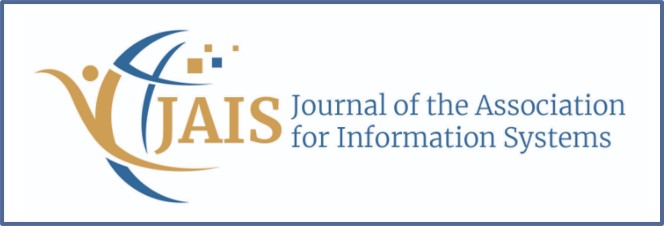
Abstract
The Internet has engendered serious cybersecurity problems due to its anonymity, transnationality, and technical shortcomings. This paper addresses state-led cyberattacks (SLCAs) as a particular source of threats. Recently, the concept of the Bright Internet was proposed as a means of shifting the cybersecurity paradigm from self-defensive protection to the preventive identification of malevolent origins through adopting five cohesive principles. To design a preventive solution against SLCAs, we distinguish the nature of SLCAs from that of private-led cyberattacks (PLCAs). We then analyze what can and cannot be prevented according to the principles of the Bright Internet. For this research, we collected seven typical SLCA cases and selected three illustrative PLCA cases with eleven factors. Our analysis demonstrated that Bright Internet principles alone are insufficient for preventing threats from the cyberterror of noncompliant countries. Thus, we propose a complementary measure referred to here as the Internet Peace Principles, which define that the Internet should be used only for peaceful purposes in accordance with international laws and norms. We derive these principles using an approach that combines the extension of physical conventions to cyberspace, the expansion of international cybersecurity conventions to global member countries, and analogical international norms. Based on this framework, we adopt the Charter of the United Nations, the Responsibility of States for Internationally Wrongful Acts, Recommendations by the United Nations Group of Governmental Experts, the Tallinn Manual, and Treaty of the Non-Proliferation of Nuclear Weapons, and others as reference norms that we use to derive the consistent international order embodied by the Internet Peace Principles.
Recommended Citation
Shin, Young Yung; Lee, Jae Kyu; and Kim, Myungchul
(2018)
"Preventing State-Led Cyberattacks Using the Bright Internet and Internet Peace Principles,"
Journal of the Association for Information Systems, 19(3), .
Available at:
https://aisel.aisnet.org/jais/vol19/iss3/3
When commenting on articles, please be friendly, welcoming, respectful and abide by the AIS eLibrary Discussion Thread Code of Conduct posted here.

